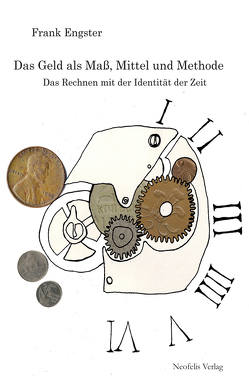Subjektivierung
Nils Baratella, Norbert Bolz, Victor Cousin, Frank Engster, Daniel Martin Feige, Xenia Fischer-Loock, Ralf Konersmann, Stefania Maffeis, Michael Makropoulos, Marcel René Marburger, Giovanni Morrone, Antonio Roselli, Sven Rücker, Arito Rüdiger Sakai, Hans Jörg Sandkühler, Kazunobu Shimoda, Juliane Spitta, Dirk Westerkamp
Abstracts
Juliane Spitta
The upsurge of right wing populists and new authoritarian forces fueled the debate on the future of the subject. Following Hegel and Lacan this article analyzes how the renaissance of reactionary ways of subjectification goes hand in hand with a destructive circle of suppression and recurrence. The modern crisis of identity is strongly connected to the figure of the other; at the same time the projections of this other reveal the ambiguity of a subject unable to confine its inner realms. Is it possible that the continuous crisis of the modern subject is based on religious and cultural-historical imaginations of identity? Do we have to get rid of this concept of identity to quit the destructive circle?
This text is intended to show that in Hannah Arendt’s reflections on the possibilities of political judgment there is an idea of subjectivity that seeks to combine sociality and individuality. In Hannah Arendt’s case, the development of individual judgment becomes the precondition for allowing individuals to be given independent judgment. Arendt derives this concept of judgment from Kant’s reflections on the aesthetic power of judgment which she broadens and makes fruitful for political space. Using the example of aesthetic judgment, Arendt develops an idea of political subjectivity that is intended to respond to the destruction of the subject through totalitarian politics.
Nils Baratella
This paper proposes a political understanding of human rights which allows not to dissolve the contradiction between the positive and the normative aspect entailed in the idea and the institution of human rights, but rather to keep them together dialectically. I discuss the relationality of human rights through Hannah Arendt’s idea of the right to have rights and I develop it further through Jacques Rancière’s concept of subjectivity. This allows me to explain the dialectic of the human rights as a conflict between existing positive rights, which assign specific subjects or groups to specific territories and legal spheres, and a universal claim of human equality and freedom, which is challenged from excluded, unclassified social groups and which is performed in situations of protests. I further explain the radical democratic potential of human rights on the paradigmatic case of struggles for a right to global movement and to political belonging. In order to grasp the complexity of those subjectivity practices, I distinguish four different dimensions of subjectivity: a legal and political one, an affective one, an epistemic one and finally an ethical transcultural one
Frank Engster
As a reference to Lacan’s »mirror stage«, the »Mirror-Selfie-Stadium« show a reflexive turn within subjectification. The individualization of image production through digital and dating platforms is the starting point to reveal as such. In the article reference to so-called primitive accumulation (Marx) the origin of the internal rupture of the bourgeois subject shows that the individual subject in a capitalist society must be an interface for its own capitalist socialization and originates from this quandary situation. The actual techniques of digitization continue this origin by forcing the subject to expand itself, but also its objects, by divisions, splits and valorizing. These divisions at once unleash the productive power of capitalist society
Sven Rücker
The following text deals with the underground and the roots of the political: violence and sacrifice. It analyzes an extreme case of political subjectification: the political subject is born at the same moment the »real« subject vanishes. Instead of being a living person, it becomes an icon. By this, the text develops a genealogy of political founding myths that are based both on the dying and the sanctification of special subjects. Four figures will be identified and discussed: the hero, the martyr, the partisan, and the sniper. Those figures represent different cultural formations and thereby different ways of staging death as a political act




































































